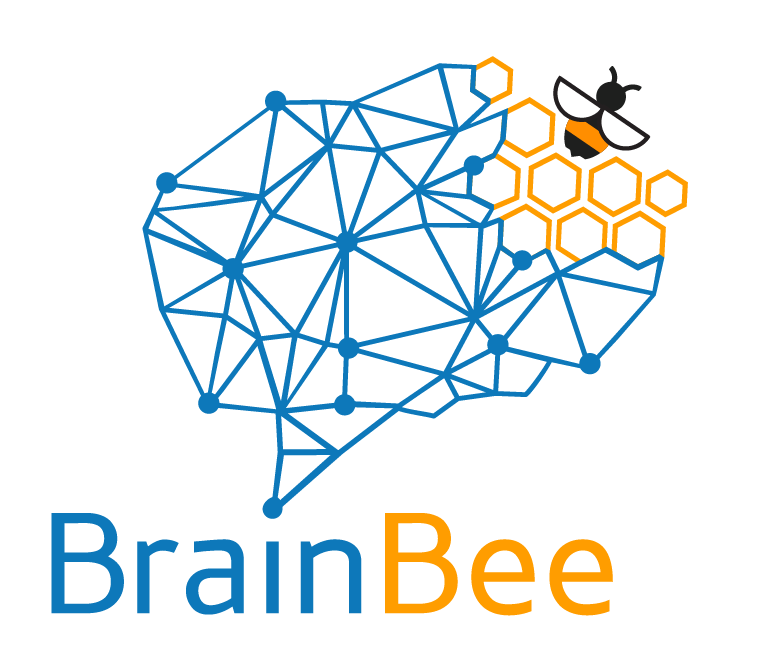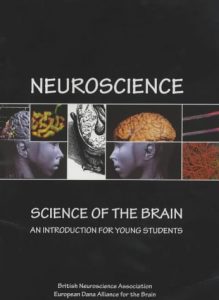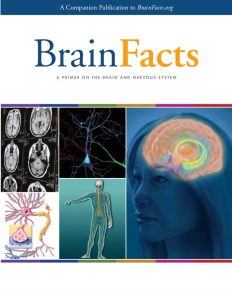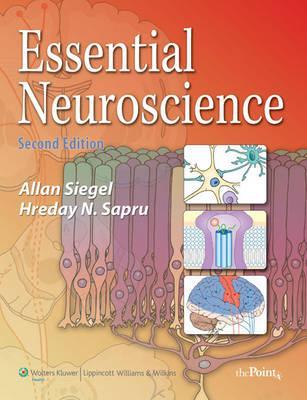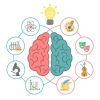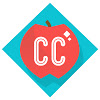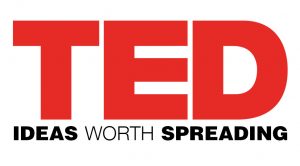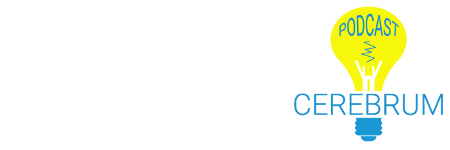There will be several kinds of tests at the British Brain Bee, depending on whether it is a national or regional competition. Possible tests include:
- a written exam of multiple-choice questions,
- live Q&A session requiring one word or one phrase answers to be written on white boards
- a human neuroanatomy and neutohistology test
- a patient diagnosis test. The recommended study resources for these tests are as follows (check back later in case we have been able to add some additional resource suggestions):
All the questions of the regional competition will be drawn from Neuroscience: Science of the Brain (no questions will come from chapters 16 Artificial Brains and Neural Networks and 18 Neuroethics) and Brain Facts book.
For the national competition, the questions will come fromSiegal Essential Neuroscience by Siegel.
